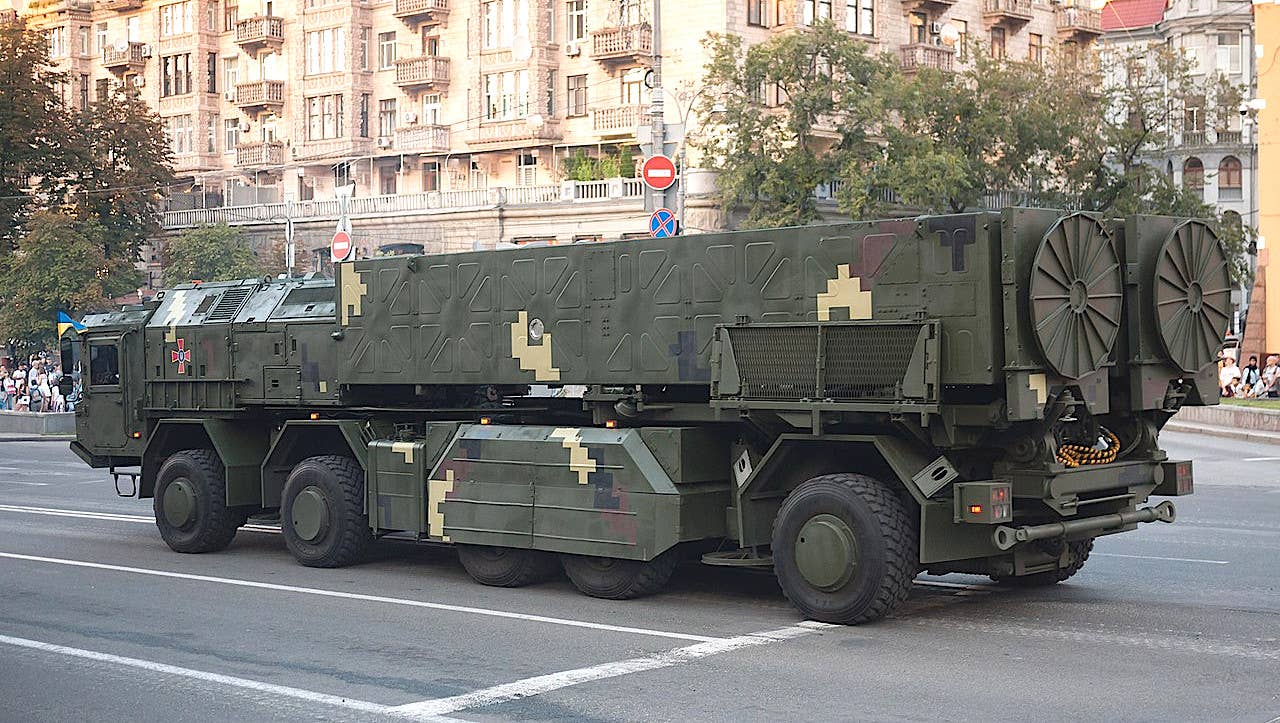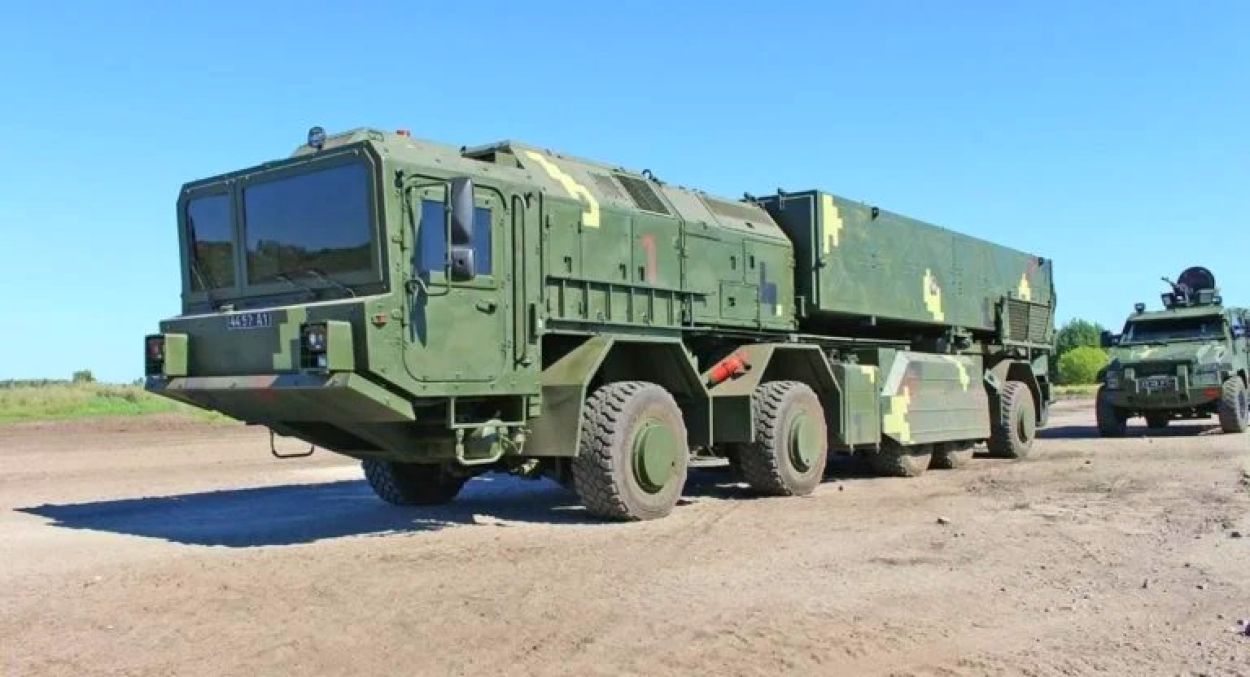A top Ukrainian Air Force official has said if Ukraine had possessed more Sapsan operational-tactical missile systems, it could have thwarted Russia’s occupation of its territories, potentially altering the course of the conflict.
Yuriy Ihnat, the spokesperson for Ukraine’s Air Force, highlighted in an interview that the Sapsan missile system, also referred to as Hrim-2, would have enabled Ukraine to strike vital Russian military installations with ease effectively.
The spokesperson regretted the delayed development of the Hrim-2 (Sapsan) missile system, referring to it as a potential “missile spear” that could have inflicted significant damage on Russia.
He suggested that the mere presence of such a weapon might have been enough to deter Russia’s aggression without deploying it.
“If Ukraine had a sufficient number of Hrim-2 (Sapsan) operational-tactical missile systems, we’re not sure if Russia would’ve dared to occupy Crimea and other territories,” he said.
According to the Ihnat, the Hrim-2 (Sapsan) operational-tactical missile systems, with their range of 300-500 kilometers, would have had the capability to destroy Russian airfields and cause significant losses to Russian troops as they advanced towards Ukraine’s borders.

The statement made by Ukraine’s high-ranking Air Force official underscores the necessity for long-range missile systems capable of targeting Russian positions.
Kyiv faces a significant challenge on the battlefield as important Russian military assets, particularly in occupied Ukrainian territories, including Crimea, remain largely untouchable to Ukrainian strikes.
Moscow has extensively utilized its numerous military installations in the region, such as the Sevastopol port, which houses its Black Sea fleet, and the Saki air base, to carry out missile strikes and support its ground forces in Ukraine.
In response, Kyiv has been attempting to target these bases primarily through air and naval drone attacks.
While the United States has not provided Kyiv with ATACMS (Army Tactical Missile System) to enable strikes across Crimea, the United Kingdom has supplied Ukraine with air-launched long-range Storm Shadow missiles.
But, experts believe that the presence of a capable domestically developed missile weapon system, in significant numbers, would serve as a powerful deterrent against Russian forces and provide the war-torn country some level of assurance for the success of its counter-offensive operations.
Recently, the Ukrainian defense minister expressed optimism about Ukraine’s potential for producing long-range missiles with a range of 1,000 kilometers or greater.
He stated that once Ukraine demonstrates the capabilities of its long-range missiles against enemy forces, Western countries would be inclined to supply ATACMS with long-range weapons.
As an example, the Minister highlighted the success of the Ukrainian Neptune anti-ship missile project, which resulted in the sinking of the Russian cruiser Moskva. He noted that Ukraine’s allies decided to provide Kyiv with Harpoon missiles shortly after this accomplishment.
Meanwhile, while Russia has claimed that Ukraine has already deployed the Sapsan missile system against its forces, Ukraine has not officially confirmed the use of this missile system.
Sapsan Missile System
The concept of developing the Sapsan system, also known as Hrim-2 or Grom, originated in the 1990s. The development of the system was undertaken by the Ukrainian design firm Yuzhnoye.
The project was officially introduced in 2013. Referred to by various names such as Sapsan, Grom, Grim, Grim-2, and Hrim-2, this operational-tactical missile system has a range between 50 to 500 kilometers, depending on the variant.
Over the years, different modifications of the missile and the associated weapon system have been developed for domestic use and export purposes.
The Sapsan system includes a 10-wheeled Transporter-Erector-Launcher (TEL) capable of carrying two containerized missiles simultaneously.
Work on the Sapsan system commenced in 2014, with reports emerging in 2016 that Saudi Arabia had allocated $40 million to the program.

By 2017, Ukraine had acquired the chassis for the mobile launcher, and in 2018, the Sapsan system made an appearance at a military parade in Kyiv, although it was still incomplete.
In 2019, it was reported that two prototypes had been created—one intended for testing in Saudi Arabia and the other in Ukraine.
However, due to insufficient funding, testing and development of the system were subsequently halted. It was reported that an additional $300 million would be necessary to complete the Sapsan system.
Funding was then approved by Ukraine’s Defense Ministry in 2021 to at least build a testing battery, but the project’s progress beyond that point remains unknown.
Nonetheless, the Sapsan missiles are reported to possess certain features that are considered superior to the Iskander and Kalibr missile systems.
This suggests that the Sapsan system exhibits advancements in performance and precision, potentially making it a capable weapon system.
- Contact the author at ashishmichel(at)gmail.com
- Follow EurAsian Times on Google News




